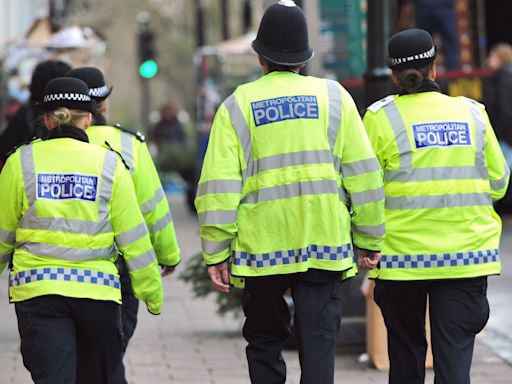Search results
Mar 3, 2024 · Established in 1876, the council was used as an advisory body for the British colonial rulers. After Fiji's independence in 1970, the GCC became entrenched in the constitution, with chiefs acting as a significant part of Fiji's senate.
Feb 18, 2023 · The Council of Chiefs morphed into a “Great” council (GCC) in the colonial broadcasting era in the 1950s (Field). In pre-colonial Fiji, there was no formal organisation of chiefs. While it can be said the Council was essentially a colonial construct, it has its roots in Fijian tradition (Norton).
People also ask
What was the purpose of the Fiji Council of Chiefs?
Who are the Great Councils of Chiefs in Fiji?
Who heads a Fiji Provincial Council?
What is the House of Chiefs in Fiji?
- Coup One
- Coup Two
- Coup Three
- Coup Four
- References
On May 14, 1987, Lt. Col. Sitiveni Rabuka along with 10 soldiers in gas masks hijacked and incarcerated the elected government of Timoci Bavadra. For the coup leader he was protecting an elected government from the wrath of the indigenous nationalist Taukei Movement, which organized noisy demonstrations in April 1987. Kenneth Bain, a political obse...
Following the 1987 coup, Rabuka, the coup leader, established a military council and Governor General Ratu Penaia commissioned a Constitution Review Committee, led by John Falvey, to look at the deficiencies of the 1970 constitution, which was deemed by nationalists to have failed indigenous Fijians. The review of the constitution was stacked with ...
The F.L.P.-led coalition did not hold very long as the PANU founder resigned from the party and the F.A.P. split into two factions: one led by Adi Kuini Speed and the other by Tailevu chief Ratu Tu'akitau Cokonauto. According to a survey in 1999 by Reinout E. de Vries (2002), "indigenous Fijians felt threatened by the (real or perceived) influence ...
Before the 2006 elections, the SDL absorbed its coalition partner, Conservative Alliance Matanitu Vanua (C.A.M.V.), much to the disappointment of the army, which campaigned in the indigenous Fijian villagers against the SDL party. Following a racially divisive election, the new multiparty government reintroduced legislations that were deemed by the...
Bain, K. 1989. Treason at Ten. London: Hodder and Stoughton Press. De Vries, R. E. 2002. "Ethnic Tension in Paradise: Explaining Ethnic Supremacy Aspirations in Fiji." International Journal of Intercultural Relations26: 311-327. Durutalo, A. 2000. "Elections and the Dilemma of Indigenous Fijian Political Unity." In Fiji Before the Storm: Elections ...
The House of Chiefs in Fiji consists of the Fijian nobility, composed of about seventy chiefs of various ranks, majority of which are related. It is not a formal political body and is not the same as the former Great Council of Chiefs, which was a political body with a prescribed constitutional role, although the membership of the two bodies did overlap to a great extent.
Apr 1, 2024 · Great Council of Chiefs. The Bose Levu Vakaturaga was a formal gathering of Fiji's indigenous (iTaukei) chiefs. It was established by the British Colonial Government in 1875 as an advisory body and named the Council of Chiefs (the term “Great” was added sometime later in the twentieth century).
The first tax that is recorded by Ronald Derrick in his book ‘A History of Fiji’ (1950) was imposed by individual chiefs in the General Assembly established inLevuka in 1865. According to Derrick, 12 chiefs exercised power over Fiji in 1860, of which 8 were located along the coast of Viti Levu.
By alliance or conquest, some communities formed confederations led by paramount chiefs; warfare was common. European contact and colonialism in the Fiji islands The first Europeans to sight the Fiji islands were Dutch explorer Abel Janzsoon Tasman , who passed the northeast fringe of the group in 1643, and Capt. James Cook , who passed the ...

